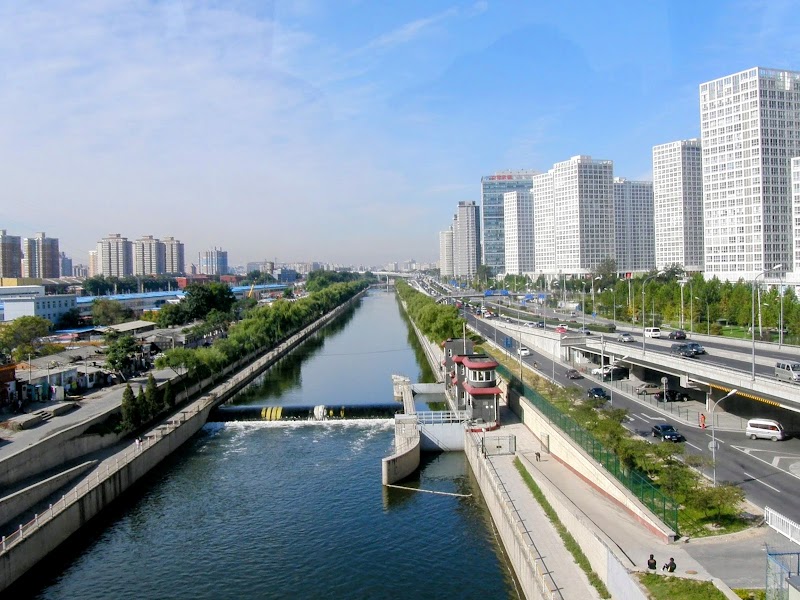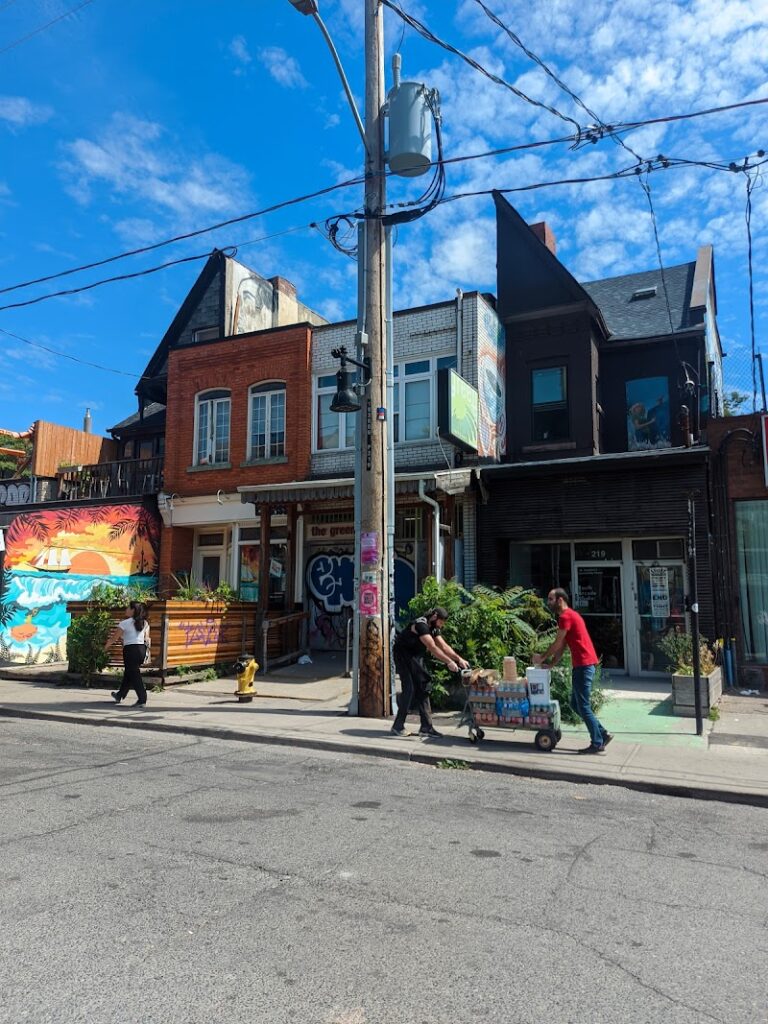Welcome to the Heart of Germany: Thuringia!
Do you know that Thuringia, known as the "green heart of Germany," is home to more UNESCO World Heritage sites per square kilometer than anywhere else in Germany? From the mesmerizing Wartburg Castle to the enchanting Thuringian Forest, and the historic city of Weimar, Thuringia is a treasure trove of cultural, historical, and natural wonders. Ready to be charmed by this captivating region nestled in the center of Germany?
To plan your journey, we've designed an interactive tourist map that will be your compass in this enthralling exploration. This map is a valuable tool that will guide you through every corner of Thuringia, revealing hidden gems and timeless attractions at your own pace. Unleash your wanderlust and let the map lead the way to unforgettable experiences.
" Booking.comUnlocking the Hidden Gems of Thuringia
Thuringia, known for its deep-rooted history and lush landscapes, holds a treasure trove of experiences waiting to be explored. While much has been said about its famed Thuringian Forest and the UNESCO World Heritage Sites, the region still has much more to offer. Let's embark on a journey to discover the lesser-known but equally captivating attractions of this remarkable German state.
Immerse Yourself in the Enchanting Towns of Thuringia
Each town in Thuringia tells its own tale, painting a vivid picture of the region's rich cultural tapestry. Beyond the city of Weimar and the historic Wartburg Castle, there are several charming towns that will steal your heart.
Erfurt
Steeped in history, Erfurt is a hidden gem that beautifully captures Thuringia's spirit. The town's medieval architecture, with the notable Krämerbrücke (Merchant's Bridge), is a testament to its rich past. Did you know that the Krämerbrücke is the longest bridge in Europe completely covered with houses? This unique feature sets it apart, making Erfurt a must-visit on your tourist map of Germany.
Gotha
Gotha, another enchanting town, is home to the stunning Friedenstein Palace - the first Baroque palace in Germany. The palace's expansive park, the Orangery, and the Ekhof Theatre, the world's oldest Baroque theatre with original stage machinery, offer visitors an immersive dive into the grandeur of the past.
Experience Thuringia's Natural Beauty Beyond the Forest
While the Thuringian Forest is undoubtedly a natural wonder, Thuringia's beauty extends far beyond it. The region is replete with picturesque landscapes that are nothing short of a paradise for nature lovers.
The Saale River
The Saale River, Thuringia's lifeline, offers breathtaking views and myriad opportunities for outdoor activities. The Saale Cycle Path, one of the most beautiful cycle paths in Germany, is a haven for cyclists and hikers alike. Its proximity to the Bleilochtalsperre, Germany's largest reservoir, makes it an ideal spot for water sports enthusiasts too.
The Kyffhäuser Mountain Range
The Kyffhäuser Mountain Range, with its rugged charm and historical relevance, is another natural gem of Thuringia. The range is home to the Kyffhäuser Monument, a tribute to Emperor William I, and the Barbarossa Cave, the only anhydrite cave in the world accessible to tourists. The cave's surreal landscape and unique geological formations promise an experience unlike any other.
Dive into the Culinary Delights of Thuringia
Exploration of Thuringia would be incomplete without indulging in its culinary delights. While Thuringian sausages are world-renowned, the region's cuisine offers an array of mouthwatering dishes that are a testament to its vibrant culinary scene.
Thuringian Dumplings
The traditional Thuringian dumplings, made from raw and boiled potatoes, are a must-try. Often served with a hearty meat dish or a mushroom sauce, these dumplings are a staple in Thuringian cuisine. The dumplings festival in Heichelheim, a small village in Thuringia, is a food lover's paradise where you can savor this local specialty in many delightful variations.
Kloßpressack
Another Thuringian specialty is Kloßpressack, a dish made from leftover dumplings, smoked meat, and onions. This hearty and flavorful dish is a perfect example of Thuringian resourcefulness and love for comfort food.
In summary, Thuringia is a land of remarkable diversity, offering an array of experiences that go beyond its well-known attractions. Whether you are a history buff, a nature lover, or a foodie, this German state has something unique to offer everyone.

Practical Information for Visiting Thuringia
Transportation and Mobility
In Thuringia, the public transport system is efficient and extensive, connecting all major cities and attractions. Buses and trams operate within the cities, while regional trains and long-distance buses connect different cities. The Deutsche Bahn (German Railways) provides regular train services to Thuringia from major German cities like Berlin, Munich, and Frankfurt. Thuringia has a central location in Germany, which makes it easy to reach by car as well.
Schedules and Prices
In terms of public transportation, the fares are based on zones and distance travelled. For instance, a single trip within Erfurt or Weimar may cost around €2.00. Day tickets, group tickets, and multi-day passes are available and offer more value if you plan to do a lot of traveling. Train services usually operate from early morning until late at night, with reduced services on weekends and public holidays. Always check the latest schedules and prices on the official Deutsche Bahn website or the respective city transportation websites.
Safety Tips
Thuringia is generally a safe area to visit with low crime rates. However, it's always important to take the usual precautions, especially in crowded places or when traveling at night. Keep your belongings close, be aware of your surroundings, and avoid unlit or deserted areas after dark. In case of emergency, call 112 for immediate assistance.
Practical Recommendations
The best time to visit Thuringia greatly depends on your interests. For outdoor activities like hiking or cycling, spring and summer offer the best conditions. Autumn is particularly beautiful in Thuringia, with colorful foliage adorning the landscape. Winter offers its own charm, especially if you are interested in winter sports or want to experience the Christmas markets. Always check the weather forecast before planning outdoor activities and dress appropriately for the season.

Frequently Asked Questions about Thuringia
1. What are some lesser-known museums in Thuringia worth visiting?
Thuringia is home to a variety of intriguing museums that often fly under the tourist radar. For instance, the Optisches Museum in Jena is a hidden gem dedicated to the science of optics. You might also enjoy the DDR Museum in Apolda, which provides an insightful look into life in East Germany during the Soviet era. The Waffenmuseum in Suhl is another unique spot, showcasing the region's long history of weapons manufacturing.
2. Are there any special events or festivals in Thuringia that I should plan my trip around?
Thuringia boasts a calendar full of vibrant festivals and events throughout the year. The Thuringian Bach Weeks in April is a must-attend for classical music lovers, featuring performances in historical venues across the state. In August, the Gothaer Baroque Festival takes place at Friedenstein Palace, immersing visitors in the flamboyant world of the Baroque era. Don't miss the Onion Market in Weimar in October, Thuringia's largest folk festival.
3. Can I rent a car in Thuringia? What driving considerations should I be aware of?
Yes, you can certainly rent a car in Thuringia, offering you the flexibility to explore at your own pace. However, be aware that some cities have "environmental zones" where only vehicles with a green environmental badge can enter. Also, remember that Germany drives on the right-hand side of the road. Make sure to familiarize yourself with the local traffic rules and parking regulations.
4. What unique shopping experiences does Thuringia offer?
Thuringia is a treasure trove for unique and locally crafted items. In Erfurt, the Krämerbrücke is lined with quaint shops selling everything from handmade jewelry to Thuringian glass art. Lauscha, known as the birthplace of the glass Christmas ornament, is a must-visit for unique holiday keepsakes. For foodies, local markets offer Thuringian specialties like Thuringian sausage and local honey.
5. Are there any guided tours that offer a deep dive into Thuringia's history and culture?
A number of guided tours in Thuringia provide immersive experiences into the region's rich tapestry of history and culture. For example, you can join a guided tour of the Wartburg Castle, a UNESCO World Heritage site, or delve into the world of classical literature with a Goethe and Schiller tour in Weimar. Some city tours in Erfurt even delve into the city's Jewish history, visiting the Old Synagogue, among other historic sites.
6. Are there any eco-friendly or sustainable travel options in Thuringia?
Thuringia is committed to sustainable tourism, offering numerous green travel options. Many hotels and guesthouses across the state are certified as "GreenSign" for their commitment to environmental responsibility. The region's well-developed public transportation system makes it easy to get around without a car. Additionally, Thuringia is crisscrossed by a network of cycling and hiking trails, perfect for low-impact exploration of the beautiful landscape.









